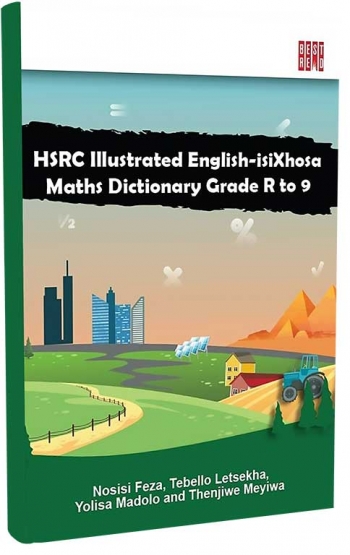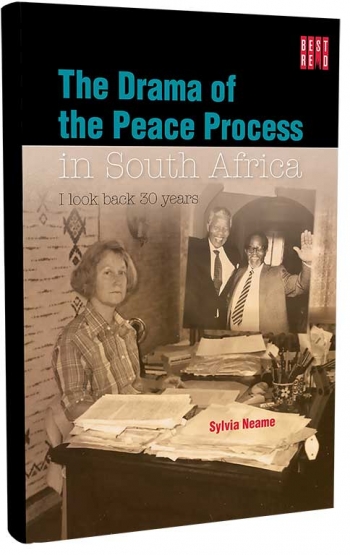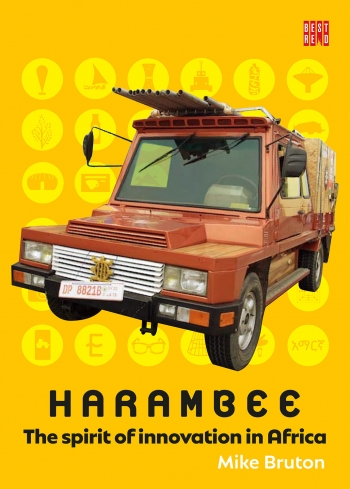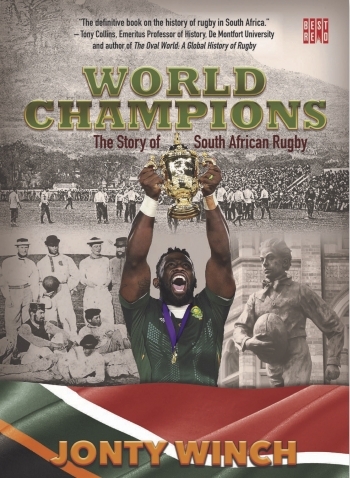HSRC Press
Best Red
Full title: HSRC Illustrated English-isiXhosa Maths Dictionary Grade R to 9
Authors: Nosisi Feza, Tebello Letsekha, Yolisa Madolo and Thenjiwe Meyiwa
Publication: March 2021
ISBN (soft cover): 978-1-928246-31-2
Format: 210 x 148mm
Extent: 96 pp
Price: R195
About the book
Helping learners understand and retain mathematics lessons is a challenge faced by teachers, parents and the government. One reason is that most learners learn mathematics in English, which is not their home language, and so they must spend time translating each concept taught by the teacher into isiXhosa. Also, parents find it difficult to explain English mathematical concepts, especially if they have never studied mathematics themselves.
The Maths Dictionary is a response to this problem. It is accessible to parents helping their children in their studies and learners. Each term is not only defined in both English and isiXhosa, but also accompanied by a picture that reflects the life of isiXhosa-speaking people. This is one of the features that will make the learners enjoy using this dictionary, as it talks about things they know, even though these things are not strictly mathematical concepts but rather show how mathematical concepts work. The terms were selected by mathematics experts and teachers – people who work with learners and understand their challenges.
This dictionary is mathematics support material that learner, teacher and parent alike can use.
Author contact details:
Nosisi Feza
Best Red
Full title: Drama of the Peace Process in South Africa
Subtitle: I look back 30 years
Authors: Sylvia Neame
Publication: October 2021
ISBN (soft cover): 978-1-928246-42-8
Format: 235 x 168 mm
Extent: 528 pp
Price: R490
About the book
The Drama of the Peace Process in South Africa: I look back 30 years is a rare portrayal of the unfolding of the peace process in South Africa in the second half of the 1980s into the 1990s as it links general historical accounts with personal experience. Its author, historian Sylvia Neame, one of South Africa's 'magisterial historians' as Tom Lodge has described her in his recent book Red Road to Freedom, was a member of the African National Congress and the South African Communist Party and combines the view of what she calls an outsider (the historian) with that of an insider.
The chief historical figures in Neame’s narrative are the ANC leaders Nelson Mandela, who was serving a life sentence, and Oliver Tambo, who led the organisation from exile, but she also includes her own contribution to the peace process in the form of 'internal papers' addressed to the leadership of the liberation organisations from 1985 to 1990. She makes the point that her efforts were geared specifically to reaching a political solution, and not simply a negotiated one, that could take place at the end of an extended armed struggle.
What adds to the interest of the book is that Neame was at the time based in communist East Germany and the theme of German reunification finds its way into the book, including in the diary extracts in Part II. She was indeed able to experience at close hand two important historical events of the late 20th century and to observe from a strategic location in Central Europe what she believes was the unfolding of a new epoch of world history in which global human problems would come to the fore. Her work finds strong resonance for developments in present-day South Africa.
Author contact details:
Sylvia Neame – sylbrene@gmail.com
Best Red
Full title: Harambee
Subtitle: The spirit of innovation in Africa
Authors: Mike Bruton
Publication: November 2021
ISBN (soft cover): 978-1-928246-41-1
Format: 235 x 168mm
Extent: 383 pp
Price: R495
About the book
Is this Africa’s century? How many inventions have been made in Africa? Is the nature of innovation in Africa different from elsewhere? Do you know the difference between ‘tef’ and ‘TEF’, or a SolarTurtle, a Turtle car from Ghana and a satellite-tagged loggerhead turtle? How many African countries have produced their own cars? Why is the M-Pesa mobile money system so important?
Harambee: The spirit of innovation in Africa answers these and many other questions by showcasing the resourcefulness and resilience of people in Africa as they search for solutions to the pressing problems they face daily. This remarkable book is the first of its kind – over 800 inventions and innovations by more than 600 innovators from 50 African countries are discussed, and a variety of issues related to innovation are debated. From mompreneurs to moguls, waste pickers to fintech wizards, locust whisperers to rocket scientists, robocops to internet-enabled balloons, surfing therapy to gin flavoured with elephant dung, seshweshwe cloth to microsatellites, you will be astounded by the creativity of the continent’s techpreneurs. This book is a must-read for anyone interested in the future of Africa.
Endorsements
Mike’s vast experience across multiple disciplines has equipped him to write with authority and boundless enthusiasm about African innovation, to explain how it has shaped the continent and how it continues to change the lives of billions. In this book, he pulls together disparate threads from many di¬fferent perspectives to produce a fascinating compendium that the reader will consume in the best possible way.
– Alan Duggan, founding editor of the sci-tech magazine Popular Mechanics (South Africa)
Author contact details:
Mike Bruton
Best Red
Full title: World Champions
Subtitle: The Story of South African Rugby
Author: Jonty Winch
Publication: November 2021
ISBN (soft cover): 978-1-928246-43-5
Format: 235 x 168 mm
Extent: 464 pp
Price: R495
About the book
Rugby was established at the Cape in 1879 in support of a political desire to promote Englishness, but Afrikaners developed a special affinity for the game and it became a significant part of their culture. It also spread rapidly amongst ethnically mixed communities, the Muslim descendants of slaves, and a black middle class emerging from mission stations.
The Cape’s rugby establishment enforced racial separation some years before the government implemented a system of segregation. The story of South African rugby subsequently evolved through two pillars that controlled the game for the greater part of the 20th century: the white SA Rugby Football Board and the non-racial SA Coloured Rugby Football Board, later known as SARU.
Each chapter tells its own story, exploring key events and questioning entrenched narratives. Meticulous research has led to a fascinating window on society, examining the way one side of the racial divide enjoyed periods of success as unofficial world rugby champions, while the other struggled in the face of relentless challenges up to – and beyond – unity in 1992.
This story could not have been written earlier. It needed the 2019 Rugby World Cup, when Makazole Mapimpi and Cheslin Kolbe scored South Africa’s first-ever tries in a final. Duane Vermeulen was man of the match, and Siya Kolisi held aloft the Webb Ellis Cup. This memorable success inspired a genuine appreciation of the skills that have always existed across the racial spectrum.
Endorsements
Jonty Winch has written the definitive book on the history of rugby in South Africa. From the very first match to the World Cup triumph in Tokyo, Winch explores the story of the game using deep research and passionate narrative. He uncovers the lost history of black and coloured rugby, reassesses the controversies of the past, and examines why rugby is so important to South Africans of all backgrounds. For anyone interested in rugby and its place in South African life, this is essential reading.
– Tony Collins, an emeritus professor of history at De Montfort University, research fellow at the Institute of Sports Humanities and author of A Social History of English Rugby Union and The Oval World: A Global History of Rugby
Author details
Jonty Winch




